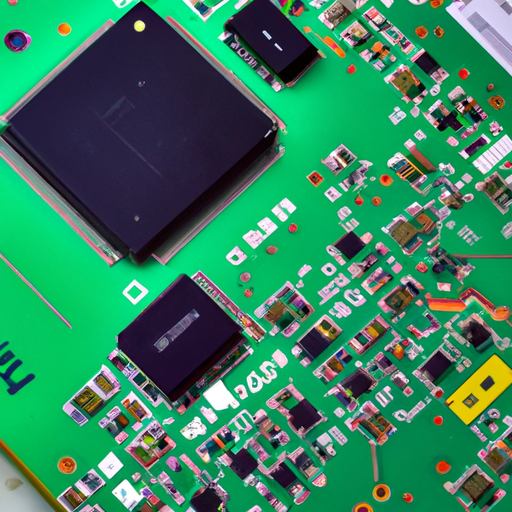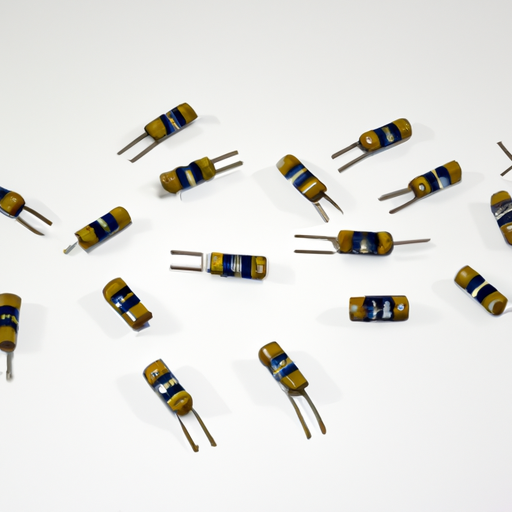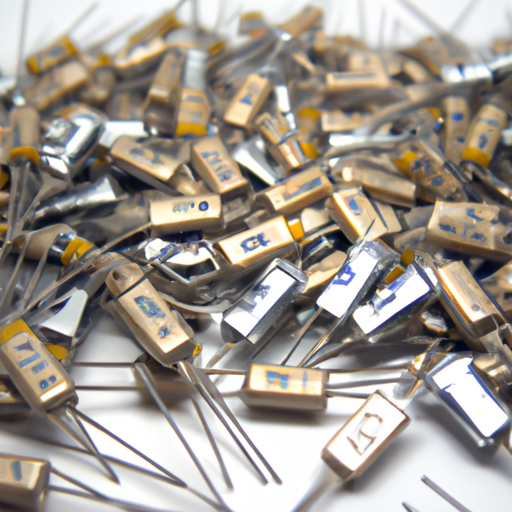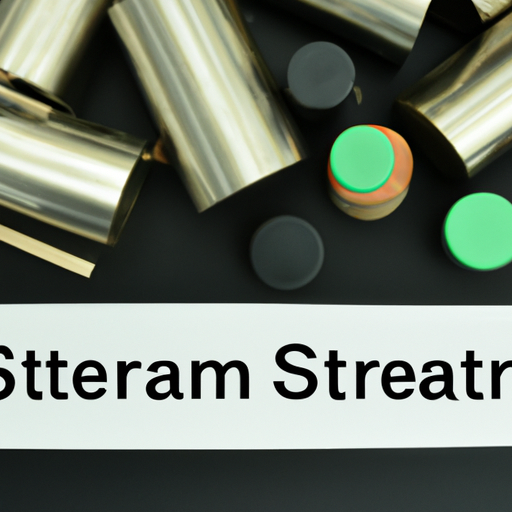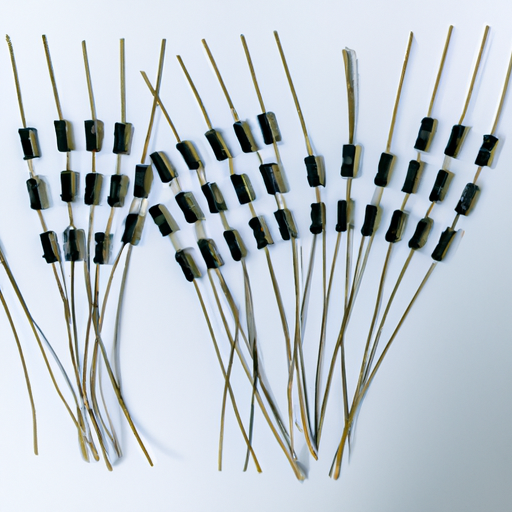What are the advantages of integrated circuit layout design products?
What are the Advantages of Integrated Circuit Layout Design Products?
I. Introduction
Integrated Circuit (IC) layout design is a critical aspect of electronics engineering that involves the arrangement of electronic components on a semiconductor chip. This process is essential for creating functional and efficient electronic devices, as it directly impacts the performance, reliability, and manufacturability of the final product. As technology continues to advance, the complexity of IC designs has increased, making the role of IC layout design products more significant than ever. In this blog post, we will explore the various advantages of integrated circuit layout design products, highlighting how they enhance design efficiency, improve performance, reduce costs, and ensure high-quality outcomes.
II. Enhanced Design Efficiency
A. Automation of Design Processes
One of the primary advantages of IC layout design products is the automation of design processes. Traditional manual design methods are not only time-consuming but also prone to human error. Automated tools significantly reduce the likelihood of mistakes, allowing engineers to focus on more critical aspects of the design.
1. Reduction of Manual Errors
Automated design tools incorporate advanced algorithms that can detect and correct errors in real-time. This capability minimizes the risk of design flaws that could lead to costly revisions or product failures. By automating repetitive tasks, designers can ensure a higher level of accuracy and consistency throughout the design process.
2. Speeding Up the Design Cycle
The speed of the design cycle is crucial in the fast-paced electronics industry. Integrated circuit layout design products streamline the design process, enabling engineers to complete projects more quickly. This acceleration allows companies to bring products to market faster, gaining a competitive edge in the industry.
B. Reusability of Design Components
Another significant advantage of IC layout design products is the ability to reuse design components.
1. Libraries of Standard Cells
Many design tools come equipped with libraries of standard cells, which are pre-designed and tested components that can be easily integrated into new designs. This reusability not only saves time but also ensures that proven components are used, enhancing the overall reliability of the design.
2. Design Blocks and IP Cores
In addition to standard cells, designers can utilize design blocks and intellectual property (IP) cores that have been developed for specific functions. This modular approach allows for quicker design iterations and reduces the need to start from scratch for every new project.
III. Improved Performance and Optimization
A. Advanced Simulation Capabilities
Integrated circuit layout design products offer advanced simulation capabilities that allow designers to predict how circuits will behave under various conditions.
1. Predictive Analysis of Circuit Behavior
By simulating circuit performance before fabrication, engineers can identify potential issues and make necessary adjustments. This predictive analysis is invaluable for optimizing designs and ensuring that they meet performance specifications.
2. Performance Optimization Techniques
Many design tools include built-in optimization techniques that help improve circuit performance. These techniques can address factors such as signal integrity, timing, and power consumption, leading to more efficient designs.
B. Layout Optimization for Speed and Power
The layout of an integrated circuit can significantly impact its speed and power consumption.
1. Minimizing Signal Delay
IC layout design products provide tools for optimizing the physical layout of components to minimize signal delay. By strategically placing components and routing connections, designers can enhance the overall speed of the circuit.
2. Power Consumption Reduction Strategies
Power efficiency is a critical concern in modern electronics, especially with the rise of mobile and battery-powered devices. Design tools offer strategies for reducing power consumption, such as optimizing transistor sizing and implementing power gating techniques.
IV. Cost-Effectiveness
A. Reduction in Prototyping Costs
Integrated circuit layout design products contribute to cost-effectiveness by reducing prototyping costs.
1. Fewer Iterations Required
With advanced simulation and optimization capabilities, designers can identify and resolve issues early in the design process. This proactive approach leads to fewer iterations and revisions, ultimately lowering the costs associated with prototyping.
2. Lower Material Waste
Efficient design practices also result in lower material waste during the manufacturing process. By optimizing layouts and reducing the number of prototypes needed, companies can save on materials and production costs.
B. Long-Term Savings through Efficient Production
The benefits of IC layout design products extend beyond the design phase, leading to long-term savings in production.
1. Streamlined Manufacturing Processes
Efficient designs translate to streamlined manufacturing processes. When designs are optimized for manufacturability, production runs more smoothly, reducing the likelihood of delays and defects.
2. Economies of Scale
As companies produce more units of a design, they can achieve economies of scale. Integrated circuit layout design products help ensure that designs are scalable, allowing for cost-effective mass production.
V. Enhanced Design Quality and Reliability
A. Compliance with Industry Standards
Quality and reliability are paramount in the electronics industry, and integrated circuit layout design products help ensure compliance with industry standards.
1. Design Rule Checks (DRC)
Design rule checks are automated processes that verify whether a layout adheres to specific design rules. These checks help prevent issues that could arise during manufacturing, ensuring that the final product meets quality standards.
2. Electrical Rule Checks (ERC)
Electrical rule checks assess the electrical performance of the design, identifying potential issues such as short circuits or signal integrity problems. By addressing these concerns early, designers can enhance the reliability of their circuits.
B. Improved Yield Rates
Higher yield rates are a direct result of improved design quality.
1. Minimizing Defects in Production
By utilizing advanced design tools, engineers can minimize defects during production. This reduction in defects leads to higher yield rates, meaning more functional units are produced from each manufacturing run.
2. Enhanced Testing and Validation Processes
Integrated circuit layout design products often include testing and validation features that help ensure designs perform as intended. This thorough testing process contributes to the overall reliability of the final product.
VI. Flexibility and Scalability
A. Adaptability to Different Technologies
Integrated circuit layout design products are designed to be flexible and adaptable to various technologies.
1. Support for Various Fabrication Processes
Different applications may require different fabrication processes, and modern design tools can accommodate these variations. This adaptability allows designers to work with a wide range of technologies, from traditional silicon to emerging materials.
2. Compatibility with Emerging Technologies
As new technologies emerge, integrated circuit layout design products evolve to support them. This compatibility ensures that designers can stay at the forefront of innovation and leverage the latest advancements in the field.
B. Scalability for Different Applications
The scalability of IC layout design products is another significant advantage.
1. From Consumer Electronics to Aerospace
Integrated circuit designs can range from simple consumer electronics to complex aerospace applications. Design tools are equipped to handle this diversity, allowing engineers to create tailored solutions for various industries.
2. Customization for Specific Client Needs
The ability to customize designs for specific client needs is crucial in today’s market. Integrated circuit layout design products facilitate this customization, enabling engineers to deliver solutions that meet unique requirements.
VII. Collaboration and Integration
A. Facilitating Team Collaboration
Collaboration is essential in the design process, and integrated circuit layout design products enhance teamwork.
1. Version Control and Design Sharing
Many design tools include version control features that allow teams to track changes and share designs seamlessly. This capability fosters collaboration and ensures that all team members are working with the most up-to-date information.
2. Cross-Disciplinary Integration
IC design often involves collaboration between various disciplines, including electrical engineering, software development, and manufacturing. Integrated circuit layout design products facilitate this cross-disciplinary integration, ensuring that all aspects of the design are considered.
B. Integration with Other Design Tools
Integrated circuit layout design products are often compatible with other electronic design automation (EDA) tools, creating a streamlined workflow across design stages.
1. EDA Tools and Software Compatibility
The ability to integrate with other EDA tools enhances the overall design process. Designers can leverage a suite of tools that work together, improving efficiency and reducing the likelihood of errors.
2. Streamlined Workflow Across Design Stages
A seamless workflow across design stages—from initial concept to final production—ensures that projects progress smoothly. Integrated circuit layout design products play a crucial role in facilitating this streamlined workflow.
VIII. Conclusion
In summary, integrated circuit layout design products offer numerous advantages that enhance design efficiency, improve performance, reduce costs, and ensure high-quality outcomes. As technology continues to evolve, the importance of these tools in modern electronics cannot be overstated. The future of IC layout design products will likely see further advancements in automation, optimization, and integration, enabling engineers to tackle increasingly complex challenges. Ultimately, the role of IC layout design in shaping the future of electronics is vital, driving innovation and ensuring the continued success of the industry.

